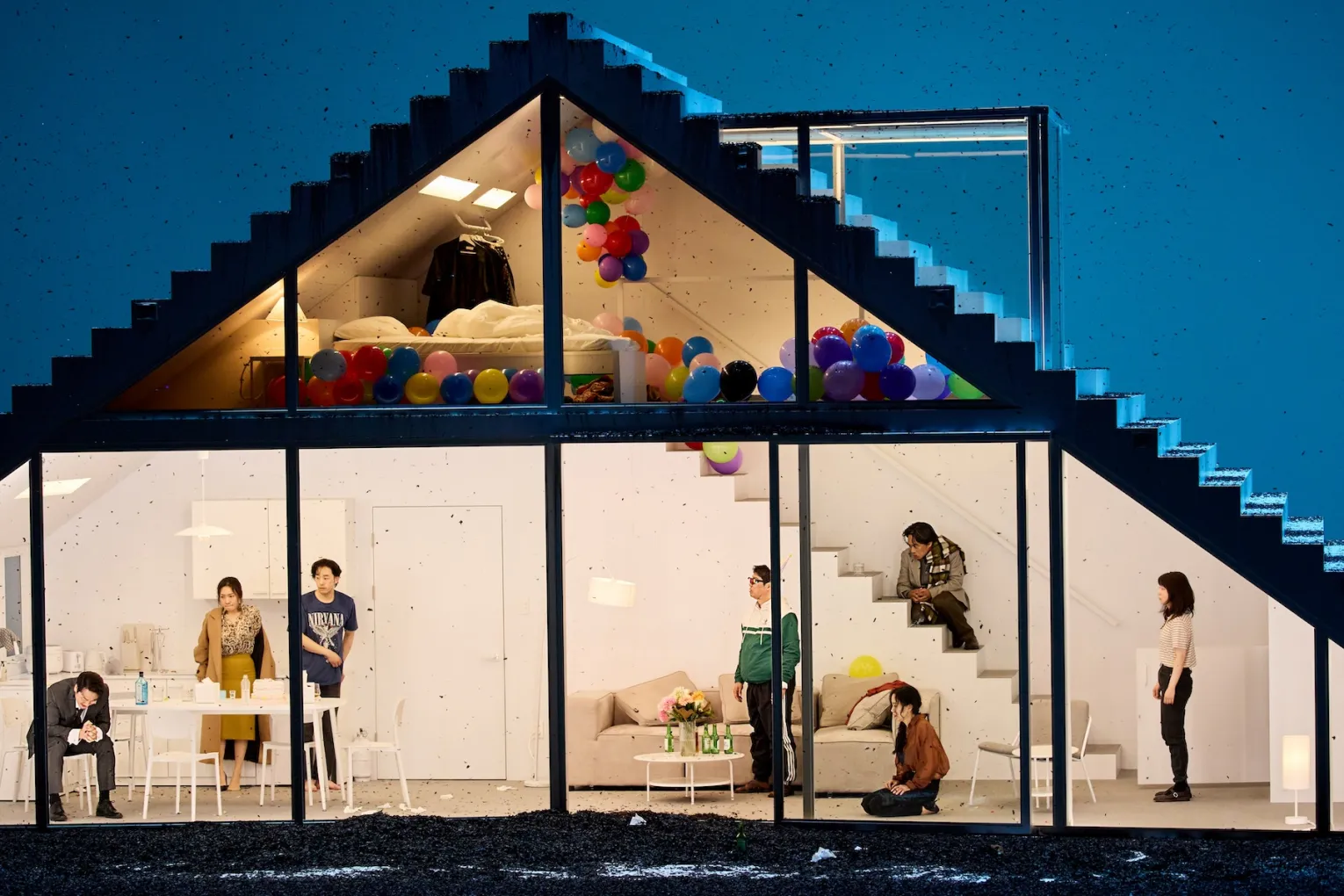Books & Poetry
ReadBook review: Murder on North Terrace
Journalist turned author Lainie Anderson’s latest novel offers a charming and deeply researched historical mystery that elevates Australia’s forgotten policewomen and the hidden labour beneath Adelaide’s genteel façade.

Festivals
ReadAdelaide Festival 2026 revealed: Britpop legends and a Squid Game star
A free concert from Jarvis Cocker’s Pulp, a South Korean-inspired take on a Chekhov classic, and the return of a controversial former festival director lead the 2026 Adelaide Festival program.

Green Room
ReadGreen Room: State Opera’s fairytale jubilee, ‘short answer is no’ on Tarrkarri
South Australian arts and culture news in brief.

























